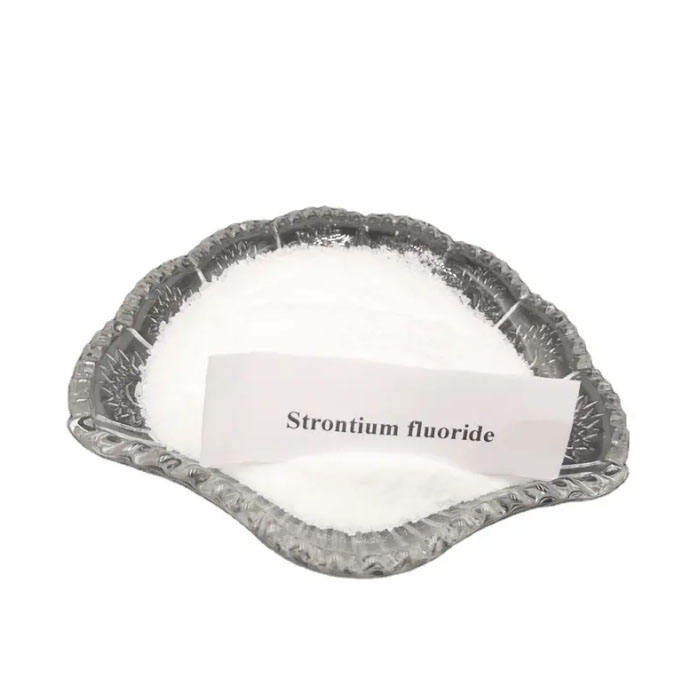



Chlorine Dioxide as a Bleaching Agent in Various Applications and Its Effectiveness
Understanding Chlorine Dioxide as a Bleaching Agent
Chlorine dioxide (ClO2) is a chemical compound that has gained considerable attention in various industrial applications, notably as a bleaching agent. Unlike traditional chlorine bleach, which is based on sodium hypochlorite (NaClO), chlorine dioxide offers a range of advantages that make it suitable for a wide array of applications, from water treatment to pulp and paper bleaching. This article explores the properties, applications, and safety considerations of chlorine dioxide as a bleaching agent.
Properties of Chlorine Dioxide
Chlorine dioxide is a yellow-green gas that is soluble in water, forming a pale yellow solution. It is known for its powerful oxidizing properties, making it effective in breaking down various organic materials. One of the distinguishing features of chlorine dioxide is its ability to act selectively as a bleaching agent without leaving harmful residues. This characteristic allows it to be used in sensitive applications where residual chlorine can pose risks, such as in the food industry.
Moreover, chlorine dioxide has a high efficacy against bacteria, viruses, and fungi, making it not only a bleaching agent but also a strong disinfectant. This dual functionality is one of the reasons chlorine dioxide is increasingly popular in various industries.
Applications in Pulp and Paper Industry
One of the primary uses of chlorine dioxide is in the pulp and paper industry. The bleaching process is crucial in producing high-quality paper and pulp products. Traditional chlorine bleaching methods produce dioxins, which are harmful environmental pollutants. In contrast, chlorine dioxide significantly reduces the formation of such by-products, making it a more environmentally friendly choice.
Chlorine dioxide can efficiently bleach wood pulp while preserving its strength and integrity. The use of ClO2 in this process results in whiter paper with fewer environmental repercussions. As global awareness of environmental sustainability grows, many paper manufacturers are transitioning to chlorine dioxide-based bleaching systems.
Water Treatment
chlorine dioxide is bleach

Chlorine dioxide is also widely employed in water treatment processes. Its efficacy in killing pathogenic microorganisms makes it an important choice for ensuring safe drinking water. Unlike chlorine, chlorine dioxide does not produce harmful disinfection by-products (DPBs), such as trihalomethanes (THMs), which have raised health concerns.
In municipal water treatment, chlorine dioxide not only disinfects water but also acts as a bleaching agent that can remove color and taste from water sources, enhancing its quality. This application is particularly beneficial for water treatment plants serving large populations, where safety and quality are paramount.
Safety Considerations
While chlorine dioxide has many advantages, it is not without its safety concerns. As a potent oxidizing agent, it can pose risks if not handled correctly. Exposure to chlorine dioxide can cause respiratory irritation, and in high concentrations, it may be harmful or fatal. Therefore, strict safety protocols and regulations govern its use in industrial settings.
Additionally, the generation of chlorine dioxide must be carefully controlled, as it is often produced on-site due to its instability when stored. This on-site generation process must be managed by trained professionals to mitigate any risks associated with its production and use.
Conclusion
Chlorine dioxide is a versatile and effective bleaching agent with applications ranging from the pulp and paper industry to water treatment. Its ability to eliminate harmful microorganisms while minimizing environmental impact sets it apart from traditional bleaching methods. As industries seek to adopt more sustainable practices, chlorine dioxide is likely to play an increasingly significant role.
In summary, chlorine dioxide represents a modern approach to bleaching, offering both efficacy and safety when used appropriately. As the demand for environmentally friendly and effective bleaching agents grows, understanding and incorporating chlorine dioxide into various industrial applications can lead to substantial benefits for both consumers and the environment. With respect for safety and proper handling, chlorine dioxide can fulfill its promise as a valuable tool in the quest for cleaner and safer products.
-
Why Sodium Persulfate Is Everywhere NowNewsJul.07,2025
-
Why Polyacrylamide Is in High DemandNewsJul.07,2025
-
Understanding Paint Chemicals and Their ApplicationsNewsJul.07,2025
-
Smart Use Of Mining ChemicalsNewsJul.07,2025
-
Practical Uses of Potassium MonopersulfateNewsJul.07,2025
-
Agrochemicals In Real FarmingNewsJul.07,2025
-
Sodium Chlorite Hot UsesNewsJul.01,2025










